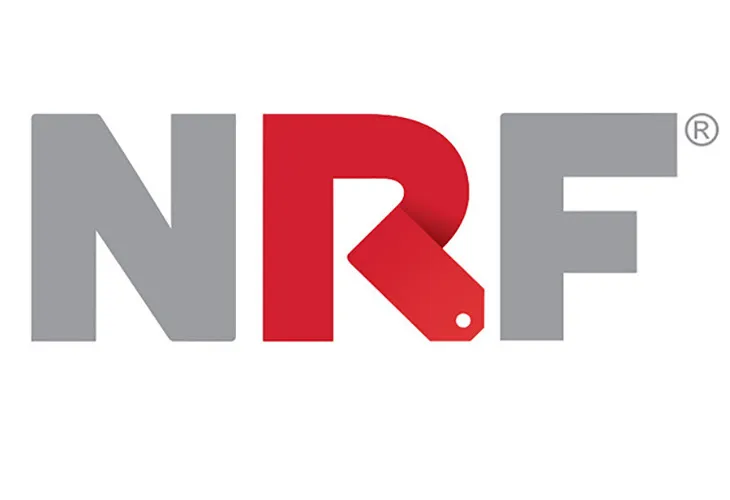WASHINGTON – Top challenges have shifted from COVID-19 to inflation and the war in Ukraine, but the U.S. economy will continue to face uncertainties in the year ahead, National Retail Federation Chief Economist Jack Kleinhenz said Friday.
 “While the public health situation has greatly improved, the impact of the pandemic continues to spread,” Kleinhenz said. “That ripple has extended into 2022 and includes a disproportionate impact from inflation reaching a 40-year high brought about by strong consumer demand interacting with restricted supply.”
“While the public health situation has greatly improved, the impact of the pandemic continues to spread,” Kleinhenz said. “That ripple has extended into 2022 and includes a disproportionate impact from inflation reaching a 40-year high brought about by strong consumer demand interacting with restricted supply.”
“Complicating the picture is the very high uncertainty associated with the war in Ukraine and its effect on the world economy,” Kleinhenz said. “While the United States has a limited trade link with Russia, the war continues to overshadow economic news and could have a potentially serious effect on prices for energy and commodities, adding to inflation concerns. The bottom line is that there are just as many uncertainties weighing on the outlook for growth as there were a year ago even if some of the forces at play have changed.”
Kleinhenz’s remarks came in the April issue of NRF’s Monthly Economic Review, which said the economy nonetheless “has strong momentum and the consumer is in the driver’s seat.” Gross domestic product is expected to grow 3.5 percent this year and personal consumption should be up by the same amount, both down from last year’s unusually high growth rates but still well above pre-pandemic levels.
Job growth and wage increases should drive overall income gains this year, combining with strong household savings built up during the pandemic to support strong retail sales, the report said. Employment should grow by an average 290,000 jobs per month and the unemployment rate should drop to 3.6 percent, close to the 50-year low of 3.5 percent seen just before the pandemic. Any constraints on job growth are expected to be on the supply side as the labor shortage continues, but rising wages could entice people who are not currently seeking work to do so.
Interest rate hikes begun last month by the Federal Reserve to bring inflation under control could slow rate-sensitive consumer spending like home and auto purchases or the use of credit cards, but Kleinhenz said he believes the economy is strong enough to withstand the hikes.
“Given the recent geopolitical disruptions, it is likely that there will be some resetting of the U.S. and world economies and that both businesses and consumers will be affected, but it is too soon to tell by how much or for how long,” Kleinhenz said. “Considerable uncertainty abounds this year and we will be monitoring all developments very closely.”
The report comes as NRF is forecasting that retail sales for 2022 will increase between 6 percent and 8 percent to between $4.86 trillion and $4.95 trillion. The forecast was released during NRF’s annual State of Retail and the Consumer virtual event, where retail industry leaders discussed the strength of the consumer economy and the future of retail.










